Amazing Artistic Maps of the World’s Rivers and Forests Like most of you we love nature and the breathtaking views that we routinely see outdoors. So much so that we like to bring those views indoors with paintings and photographs. Always on the lookout for great nature images, we recently ran across the work of Hungarian cartographer Robert Szucs who has made breathtaking maps showing the world’s rivers and forests by artistically colorizing the data from Geographic Information Systems. Robert's river maps are detailed watershed maps (grouped together by color) showing the flow of all the tributary streams into main rivers, and these rivers flowing out to the sea. Note how large the Mississippi River basin is in the map of the United States. Robert's forest maps are stunning two color (green and black) relief maps highlighting the density of the forests in the specific geographic region. If you want some stunning art, you should really checkout Robert Szucs' Grasshopper Geography website where you can purchase his works as paper prints, wall art, desk art or other nicknacks to “decorate your home or office with some unique new maps”: https://www.grasshoppergeography.com/
0 Comments
Super Blood Wolf Moon Lunar EclipseWell, yesterday (20 January 2019) here in New England, we had 12 new inches of snow dumped on us between 5:00 PM Saturday and 6:00 PM Sunday, so we thought that we wouldn’t be able to see any of the Lunar Eclipse of the Super Blood Wolf Moon. Luckily, the storm ended and the sky cleared up (mostly) just before the eclipse started. The lunar eclipse started at 9:39 PM ET when the edge of the Moon began to enter the Earth’s penumbra (the outer section of the shadow). At 10:33 PM. ET, the Moon reached the umbra and the Moon became significantly darker. By 11:41 PM ET the Moon was all the way inside the umbra and the eclipse really started. The edge of the Moon began exiting the umbra at 12:43 AM ET and the eclipse completely ended at 2:48 AM ET. Although the snow storm had passed there was still a little haze in the air and, with the temperature at 5 degrees (wind chill of -7 degrees), although we could see the eclipse quite well – it was difficult to take any great photos. Here’s the best of what we captured If you missed the eclipse, and want to see what it looked like without watching a replay of one of the 5 hour livestreams, here’s a great 1:23 minute time lapse video of the whole event from a Skywatcher (Wouter van Bernebeek) in the Netherlands: What’s the Right Saw for You? After I posted the blog about getting a new Silky Ultra Accel Curved Blade Folding Saw (Large Teeth 240mm, 446-24) for Christmas I received a few questions asking about the pros and cons of different types of saws and how a person should go about choosing a saw. So I thought that I would take a crack at answering those questions in this blog post. Note: We also have a Chainmate CM-24SSP 24-Inch Survival Pocket Chain Saw. You can see the details related to both of these saws on the Camping/Tools page. Types of Saws Overview First of all there are three basic types saws to consider when looking for a saw to take with you into the outback (specifically excluding the typical “wood shop” hand saw – which is great for construction at your house – but lousy in the woods): 1) Bow Saws 2) Folding Saws 3) Pocket Chain Saws Since each of these types of camping saws are significantly different let me touch on their advantages and disadvantages. Bow Saws – Bow saws are probably the most efficient type of camping saws. A reputable brand’s saw will have a stronger frame, more clearance and longer blades, improving your ability to cut larger logs and green wood. The biggest advantages of bow saws are that they are sturdy and efficient. The biggest disadvantages are that they are heavier, oddly shaped and do not pack very well. To address these disadvantages there are several folding bow saws on the market, but in our opinion these hybrid designs decrease the effectiveness of the saw (mostly due to the reduced clearance space between the saw blade and the frame) and only partially solve the packing issue since you have to reassemble the saw to use it. If I was in a stationary campsite, I would choose a bow saw because of their stability and efficiency – but a bow saw would not be my choice if I’m hiking and camping due to their packing shortfalls. If you want to check out bow saws you might look at the following 8 popular ones:
Folding Saws – Folding saws are our preferred type of saw for camping since they do the best job of balancing cutting efficiency and packability. There are lots of folding saws on the market, but we prefer saws that cut on the “pull stroke” instead of saws that cut on the “push stroke”. In our experience the fatal flaw on most folding saws is the thickness (or thinness) of the blade. On pull stroke saws there is less pressure on the blade when it is cutting since it is being pulled back toward you. Whereas on saws that cut on the push stroke there is maximum pressure on the blade when it is being pushed forward to cut. Often times this causes the saw blade to flex and bend/break if it binds up while cutting. In contrast, if a pull stroke saw binds while cutting it just gets stuck – without bending/breaking the blade. The biggest tradeoff on folding saws is the length of the blade since that dictates what size wood you can cut and how long/heavy the folded saw is. We think that you need a blade that is at least 8 to 9 inches long to be effective. The other critical component of a folding saw is the handle – so make sure that you have one with an ergonomic design that fits your hand (diameter, length and material) and how you saw. Also make sure that the saw has a mechanism that locks the blade into position when it is in use since there are few things more painful than having a saw blade cut into your hand while sawing. If you want to check out folding saws you might look at the following 8 popular ones:
Pocket Chain Saws – Pocket Chain Saws are just what they sound like; a chain similar to that on a gas-powered chain saw that is driven by you pulling back and forth instead of a motor. The critical considerations on a chain saw are the length (since that determines what size wood you can cut) and durability (since the only component is the chain and a cheap one will either quickly wear out or break). If weight is an overwhelming consideration then a pocket chain saw is a good option since it will pack into a small pouch (approximately 3" x 4" x 2"), weighs only 3 to 4 ounces and will get the job done on any reasonable sized log that you want to cut. The biggest shortfall of the pocket chain saw is that it really can only be used for rough sawing of wood; you can’t easily use it for cutting notches or joints. So if you are using it for bushcraft activities it might suffice for the getting the timber – but not for the finer cuts. If you want to check out pocket chain saws you might look at the following 4 popular ones:
Selecting the Right Saw for You
So now that we’ve covered the basic differences between saw types, what factors should you evaluate when looking for a saw to take with you on your outback adventures? Although the evaluation factors differ a little depending the type of saw you prefer, in general we think that you should look at the following: 1) length, 2) strength, 3) weight, 4) number/type of teeth on saw, 5) diameter of log that can be cut, 6) durability, 7) ergonomic design, 8) ease of blade replacement and 9) cost. Of course one of the most critical items on a saw are the teeth on the blade. The standard way manufacturers measure the teeth on a blade is by the inch - often listed as “teeth per inch” (TPI). In addition to the number of teeth, the size of the teeth is also a factor. Larger teeth (and lower TPI) typically provide faster cutting and are better at cutting softer wood and smaller teeth (higher TPI) are good for cutting harder wood. Blades with 2-8 TPI are good for ripping soft woods with the grain. Medium blades with 10-20 TPI are for crosscutting and moderately hard materials. Fine blades with 20-30 TPI (not really applicable to camp saws) are for very hard materials and/or very precise cuts. If you want to see more detailed information, and reviews, about saws here are some good articles/websites to checkout:
Who Reads Hiking, Camping and Shooting? Recently someone asked where the readers of our website were located - so we thought that we would share the data with you. We have readers from all 50 States in the US and over 75 other countries around the world. Here's a couple of screenshots from the website's analytics showing where our readers are:: Needless to say, we appreciate all of you – our readers around the world.
Another Good Source for Gear Reviews, Gear Checklists and Outdoor Knowledge These days there’s lots of information related to Hiking, Camping and Shooting gear on the internet – some of it good and detailed - and some of it superficial and just plain wrong. Since we like to help our readers save time by focusing on information from good online resources (instead of wasting your time surfing all over and filtering out bad resources) we list the best sites that we find on our website under the heading of “Other Helpful Information Sources”. Because the content on the internet is constantly changing, we also update our references when we find new ones that we like. Recently the folks at MyOpenCountry.com found our website online and reached out to us to us since we both love the Outdoors and share a common point of view. We hadn’t seen their site before so we looked it over and really liked the information that they were putting online. We especially liked that they had a specific sections for “Hiking & Camping Gear”, “Hiking & Camping Tips & Guides" and “Trip Inspiration” – much like the content on our site. In addition to all of their other content, the folks at My Open Country just published a great detailed article with their point of view on the gear you need for Hiking titled "What to Carry: 3 Season Hiking Gear Checklist”; they even included a downloadable checklist to make things easier for you. Their article starts with some "Quick Tips: Do's & Don’ts" and then the covers the areas listed below in more detail:
So, if you’re searching for another great outdoor information source, you might want to take a look at, and bookmark, MyOpenCountry.com. If you want to see our latest gear checklists you can download PDF versions of them here:
Hiking Gear Camping Gear Disaster Preparedness Gear Shooting Gear Aerial 4K Video of Fall in VermontSince we are lucky to live in New England during Autumn, we get to see the colors that explode at this time of year by just looking at the trees in our yard. For those of you not in New England, here's a great aerial video from northernvermontaerial.com that shows the breathtaking beauty of the land: How to Never Have a Serious Poison Ivy Rash Again Well, now that Summer is in full swing, all the plants are growing like crazy here in New England; even the poison ivy (and it's cousins poison oak and poison sumac). So if you want to enjoy hiking and camping in the woods, but avoid getting a serious poison ivy rash what should you do? The first thing that you need to know is that you don't get poison ivy rash from contacting a poison ivy plant - you get it because you didn't wash off the Urushiol oil that comes from contacting the plant or another object that contacted the plant. Urushiol oil in poison ivy, poison oak and poison sumac is what produces a severe skin rash. Timely removal of the urushiol oil will prevent poison ivy skin reaction. Clean your skin within 2 to 8 hours of contact. When doing this, the most important thing is not the type of soap that you use - but that you use a wash cloth to apply vigorous friction to make sure that you get all the sticky urushiol oil off of your skin. To make sure that you do this it's a good idea to soap up and wash off 3 times. Here's a great video from retired biomedical scientist Jim Brauker that clearly demonstrates the poison ivy problem and solution. Who Would Have Imagined That There Were Hundreds of Kit Kat Flavors As you might have noticed my last blog post was back on 10 April; since then – nothing. Well there’s a good reason for my lapse in posting – on 11 April we left for a 16-day trip to Japan and Korea. Since we returned on the 27th we’ve unpacked and started to get everything back on track. I’ve even had a chance to take an initial pass through the 2,500+ photos that I took on the trip. I plan on posting some of them over the weekend. In the meantime I thought that I would post about one of the fun things we searched for in Japan – Kit Kat candy bars. In Japan Kit Kat candy bars are a big thing. In the US Hershey’s controls the brand – but in Japan Nestlé has control. To increase their sales Nestlé has played into the niche game. So where the US only has Milk Chocolate, Dark Chocolate and White Chocolate Kit Kats, in Japan there have been over 300 flavors of Kit Kats – with approximately 30 flavors normally for sale at one time. They even have regional specialties that you can only purchase in certain parts of Japan and “high end” flavors that come from teaming with the “Chocolatory” specialty candy stores. We didn’t buy every flavor that we saw (for example “Wasabi”) – but we did find 11 flavors that we thought would be worth trying: 1) Banana 2) Raspberry Biscuit 3) Japanese Strawberry 4) Sweet Sake 5) Cranberry and Almond 6) Green Tea, Cranberry, Raspberry and Almond 7) Sweet Potato and Adzuki Bean Dumplings 8) Iyokan Mandarin Orange 9) Hokkaido Spicy Cantaloupe and Mascarpone Cheese 10) Hiroshima Maple Buns 11) White Chocolate and Milk Chocolate I’ll let you know how the side-by-side taste test goes. Great to Have All That Camping Equipment Things have been interesting here in New England the last week since I just finished shoveling us out from the second major Winter Storm in 6 days. Winter Storm “Skylar” dropped 18 inches of new snow on us. And that was on top of the 13 inches from last week's Winter Storm “Quinn”. Luckily we only lost power for 1 hour this time. During Quinn we lost power for 48 hours and had a huge trunk one of our Red maple trees (3 feet in diameter at the base and 30 feet tall) of break from the weight of the snow at 3:30 AM one night and land within 8 feet of the house. Now that the power is back on, and enough of the snow has been shoveled that things are returning to normal, I thought that I would post a few photos of the snow and comment on how having all that camping equipment paid off. As you all know, the biggest immediate issue that you have to deal with during a winter power outage is heat. Although our normal heating system would not work without electricity, luckily for us we have a self-enclosed natural gas fireplace that has a capacitor that stores a charge when there is no power so we could ignite it after the power failed. It wasn’t enough heat to keep the entire house warm but it did keep the main room at ~66 degrees and the rest of the house in the 50’s so we didn’t have to worry about frozen pipes. With the heat situation under control the next problem was light. Luckily we have a wide variety of Black Diamond lanterns and headlamps to include: two Apollo Lanterns, two Orbit Lantern/Flashlights, three ReVolt Headlamps and two NiteCore Upgraded MH1A Multitask Hybrid Rechargeable Flashlights. Using this combination we were able to get area lighting from the lanterns and task lighting from the headlamps and flashlights. With the sun going down at ~5:30 having these was essential to being able to do anything during the evening. Of course, using the lanterns (and our cell phones since the WiFi and telephone land-lines went down) takes power. Since we need power to recharge our devices in the outback we have two Anker 2nd Gen Astro2 9600mAh 2-Port 3A External Battery Power Banks. They are great for recharging anything that has a USB adapter. We also keep a supply of AA and AAA batteries in the house which we used as necessary on devices that can’t be recharged. With heat and light taken care of the next issue was food and water. Although we didn’t have to break out the camp stove, the freeze dried food or the water filtration system because our power outage was only 2 days, we keep them in the house since there have been power and water outages that have lasted 1 to 4 weeks here in New England in the past. If needed we have a Snow Peak GigaPower Auto Stove, ample freeze-dried food in the Mountain House Classic bucket and the Breakfast bucket, a Platypus 2L GravityWorks Filter and a Reliance Fold-A-Carrier Collapsible Water Container (in addition to water stored in the garage). Our biggest food issue during this power outage was keeping the items in the freezer and refrigerator cold enough. Luckily we had lots of snow on the ground so we just packed some of it into containers and put them in the refrigerator/freezer. Although it was not a normal week, due to the 31” of snow and the prolonged power outages, we survived nicely since we were prepared with all our camping gear. In fact, the biggest problem for my daughter was the fact that the WiFi was down and the Cellular network was spotty for the days we were without power - so she had to find other things (like reading and playing cards) to keep her occupied.
You can see more detail about the specific gear that we relied on during the winter power outages on the following pages of our website: Lanterns – http://www.hikingcampingandshooting.com/light.html Power - http://www.hikingcampingandshooting.com/electronics.html Food - http://www.hikingcampingandshooting.com/cooking.html Water - http://www.hikingcampingandshooting.com/hydration.html Great Sources of Outback Skills Knowledge Like most people that spend time in the outdoors we have accumulated a few good books filled with great information over the years. If you ask you friends, or search the internet, for recommendations about which Hiking, Camping or Survival books you should have in your home library I’m sure that you’ll come up with a vast array of references. Actually - probably too many. So how do you separate the good ones from the bad? Although there can be overlap between the types, in our opinion, the knowledge that you need for the outback is contained in three categories of books:
1) Visual and skill reference books 2) Mindset and attitude books 3) Pure reference books We have a couple of each type. Based on our experience the “go to” books that we keep with our gear so that we can easily find and reference them are: 1) The Survival Handbook: Essential Skills for Outdoor Adventure by DK Publishing and Colin Towell 2) Survive!: Essential Skills and Tactics to Get You Out of Anywhere – Alive by Les Stroud 3) SAS Survival Guide 2E (Collins Gem): For any climate, for any situation by John "Lofty" Wiseman 4) Bushcraft 101: A Field Guide to the Art of Wilderness Survival by Dave Canterbury 5) Pocket Ref 4th Edition – by Thomas Glover You can read a little about each book and why we like it on the Camping/Maps and Books page. So that’s our short list of great outdoor reference books. What books do you find critical to your activities? What books do you love? What books disappointed you? Let us know. |
What's On This Page?Here's where we post reviews, questions, answers, thoughts and other information that's of general interest to our followers in a blog format. Categories
All
Archives
August 2023
|
|
|
Copyright 2016-2024 Hiking, Camping and Shooting |


















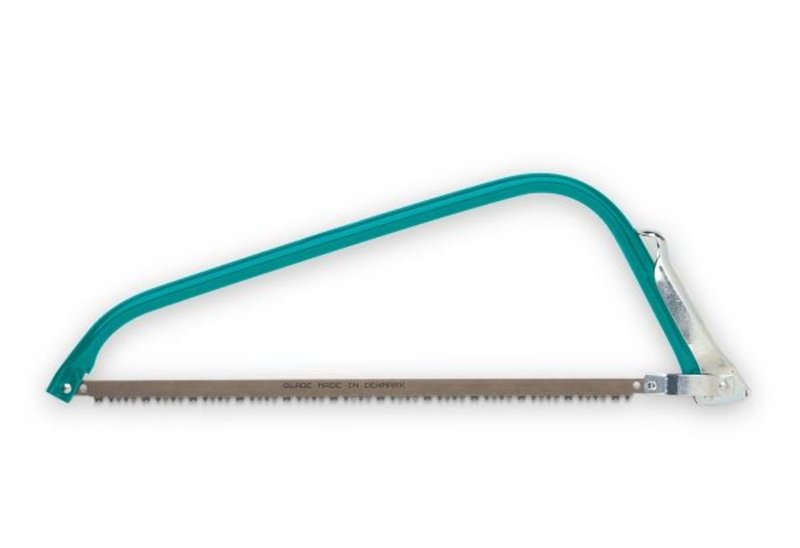










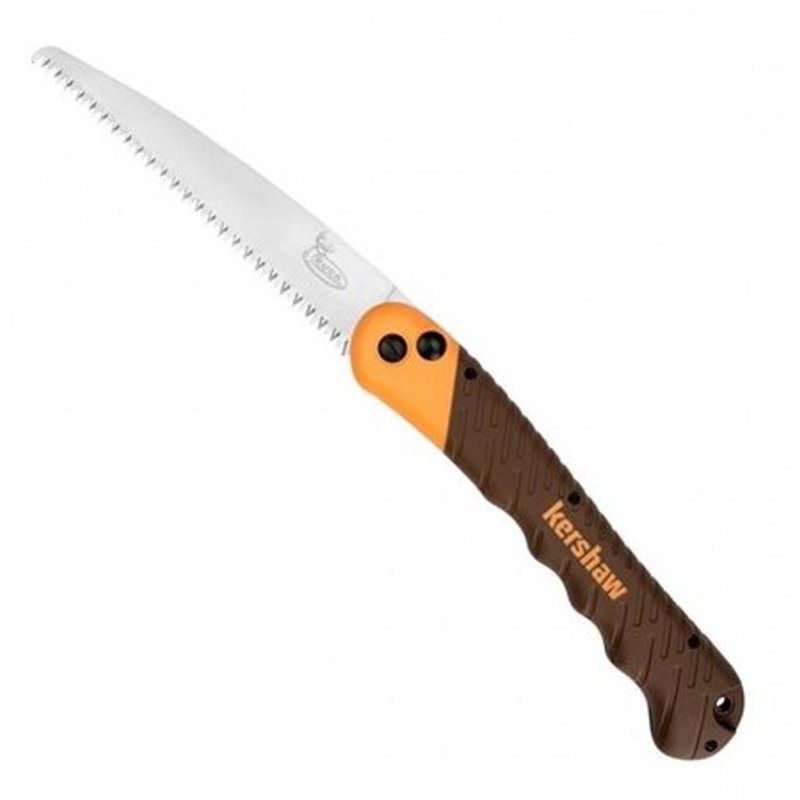










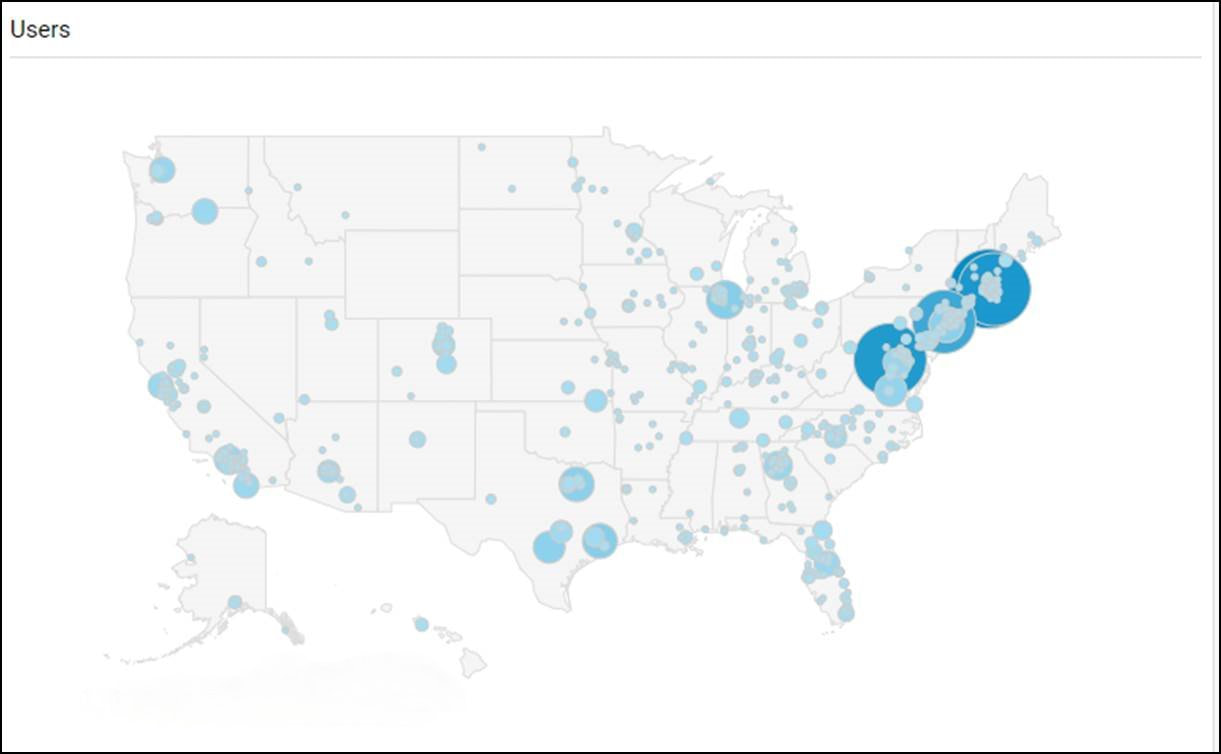




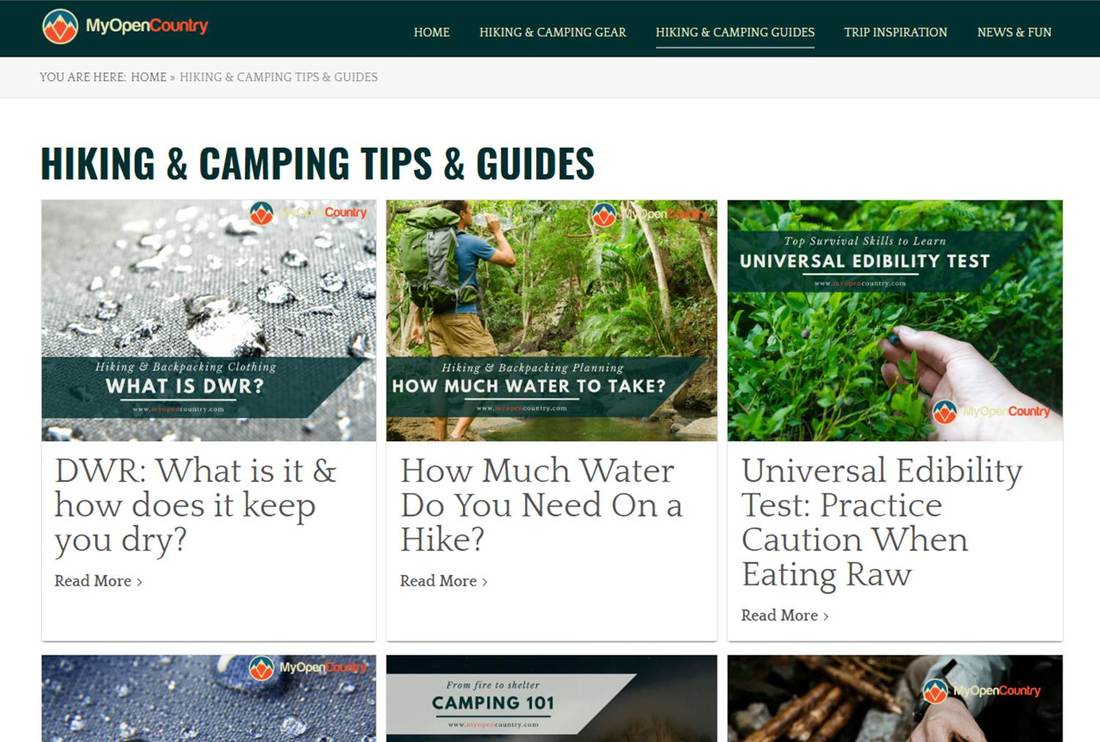


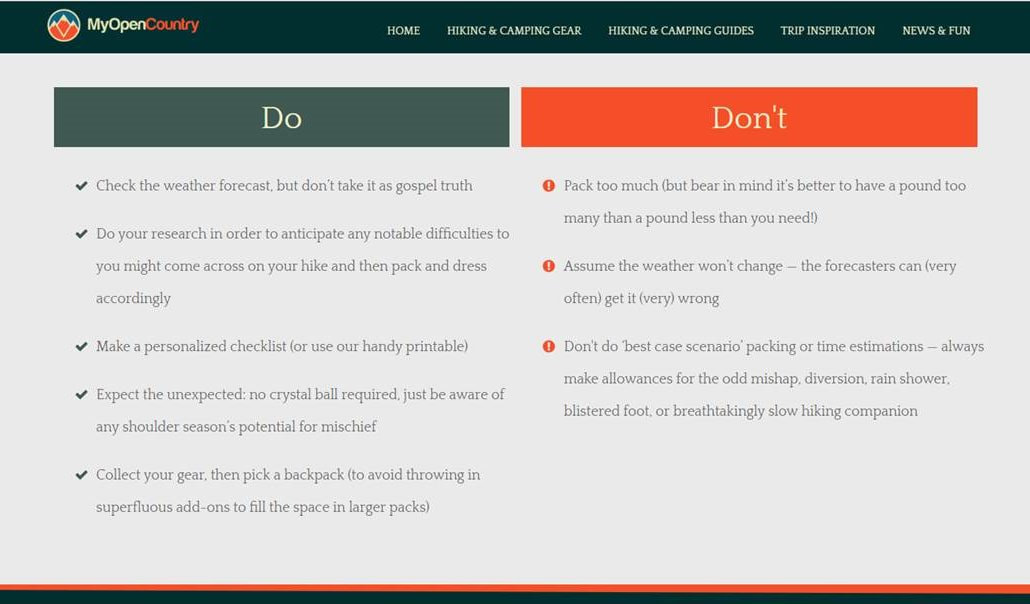

















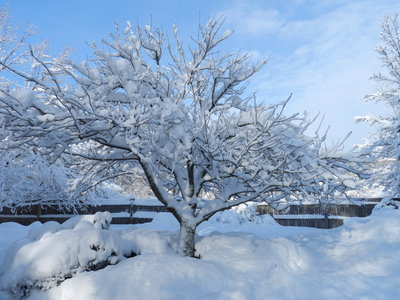


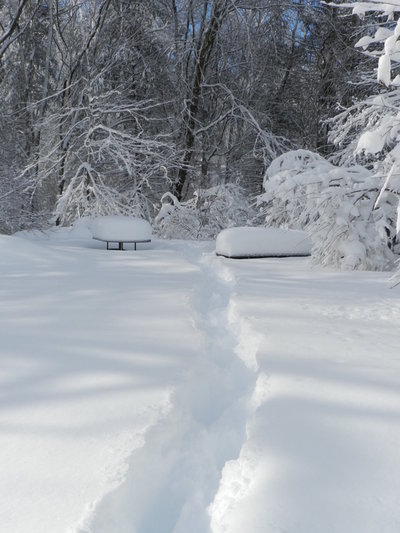

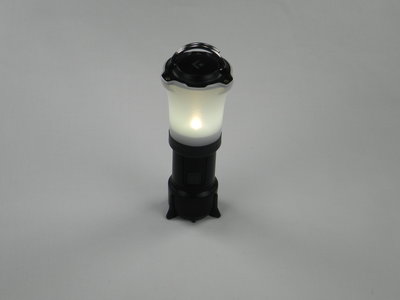
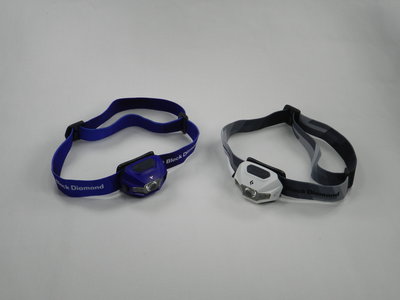




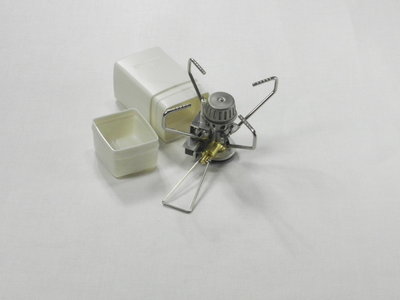







 RSS Feed
RSS Feed